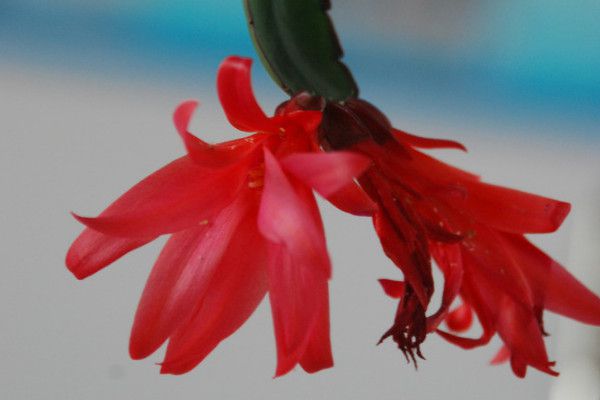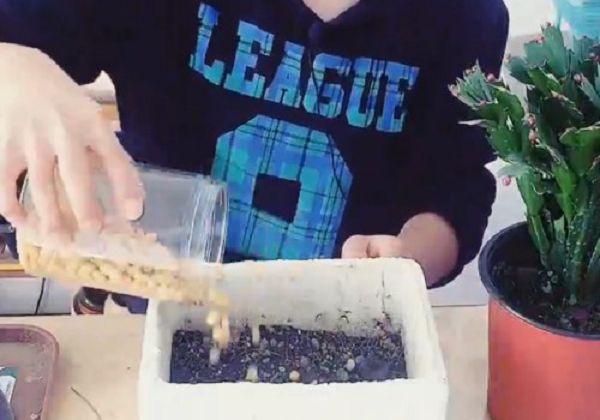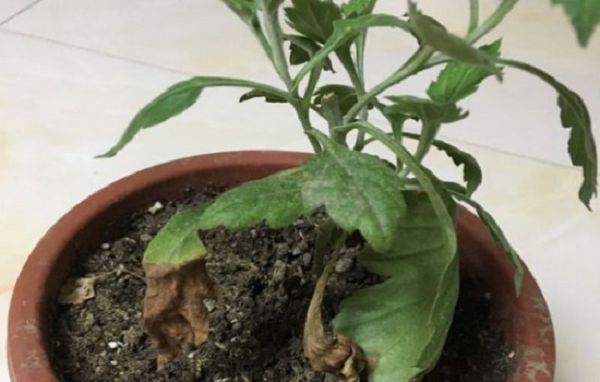How to deal with the rotten crab claw orchid root?

The rotten root of crab claw orchid is the reason for too much watering and too much fertilization. at this time, it is necessary to reduce watering and fertilizer concentration. The rotten part of the root should be removed in time, soaked and disinfected, and the basin should be changed again. With loose and breathable soil, there is no need to water within three to five days after changing the basin, and new roots will grow again at the base of the root after ten days.
What if the crab claw orchid root is rotten?
1. Reduce watering
The main reason for the rotten roots of the crab claw orchid is that it is overwatered and does not wait for the soil in the basin to dry out. If the drainage of the soil is not good, it will accumulate water in the roots, resulting in poor root breathing and lack of aerobic respiration to form rotten roots. At this time, it is necessary to reduce the amount of water and replace the loose and breathable soil.
2. Reduce fertilization
Another reason for the rotten roots of crab claw orchids is that too much fertilizer is applied, and the roots are burned to produce seedlings. Crab claw orchid is not a fertilizer-loving plant, and the root system is not well developed. if thick fertilizer is applied, the root system will be difficult to absorb, the soil concentration is too low, and the plant can not absorb water and nutrients, which will lead to root rot. To reduce the amount of fertilizer, apply more thin fertilizer, and dilute the fertilizer by watering.
3. Pruning rotten roots
After rotting the root, take the crab claw orchid out of the basin, remove the rotten part of the root, soak the potassium permanganate solution for disinfection, dry it in a ventilated place for a day or so, and then move it back into the loose, breathable, well-drained soil. You can choose yellow sand mixed garden soil, placed in a ventilated and ventilated environment.
4. Post-relocation management
No watering is needed within three to five days after changing the basin, and new roots will grow again at the base of the root after ten days. If the plant is relatively large and has more branches and leaves, part of the branches and leaves should be cut off to reduce water evaporation, which is conducive to the re-emergence of roots. After taking root, it will be transferred to normal fertilizer and water management.
Related
- Fuxing push coffee new agricultural production and marketing class: lack of small-scale processing plants
- Jujube rice field leisure farm deep ploughing Yilan for five years to create a space for organic food and play
- Nongyu Farm-A trial of organic papaya for brave women with advanced technology
- Four points for attention in the prevention and control of diseases and insect pests of edible fungi
- How to add nutrient solution to Edible Fungi
- Is there any good way to control edible fungus mites?
- Open Inoculation Technology of Edible Fungi
- Is there any clever way to use fertilizer for edible fungus in winter?
- What agents are used to kill the pathogens of edible fungi in the mushroom shed?
- Rapid drying of Edible Fungi



